Did you know that women have helped shape Israel’s military since before the modern state officially existed? Here are five stories of brave IDF women you need to know.
Sarah Aaronsohn
Sarah Aaronsohn lived in Ottoman-ruled Palestine. During a brief sojourn in Turkey, she witnessed the cruelty of the Ottoman genocide of the Armenian people.
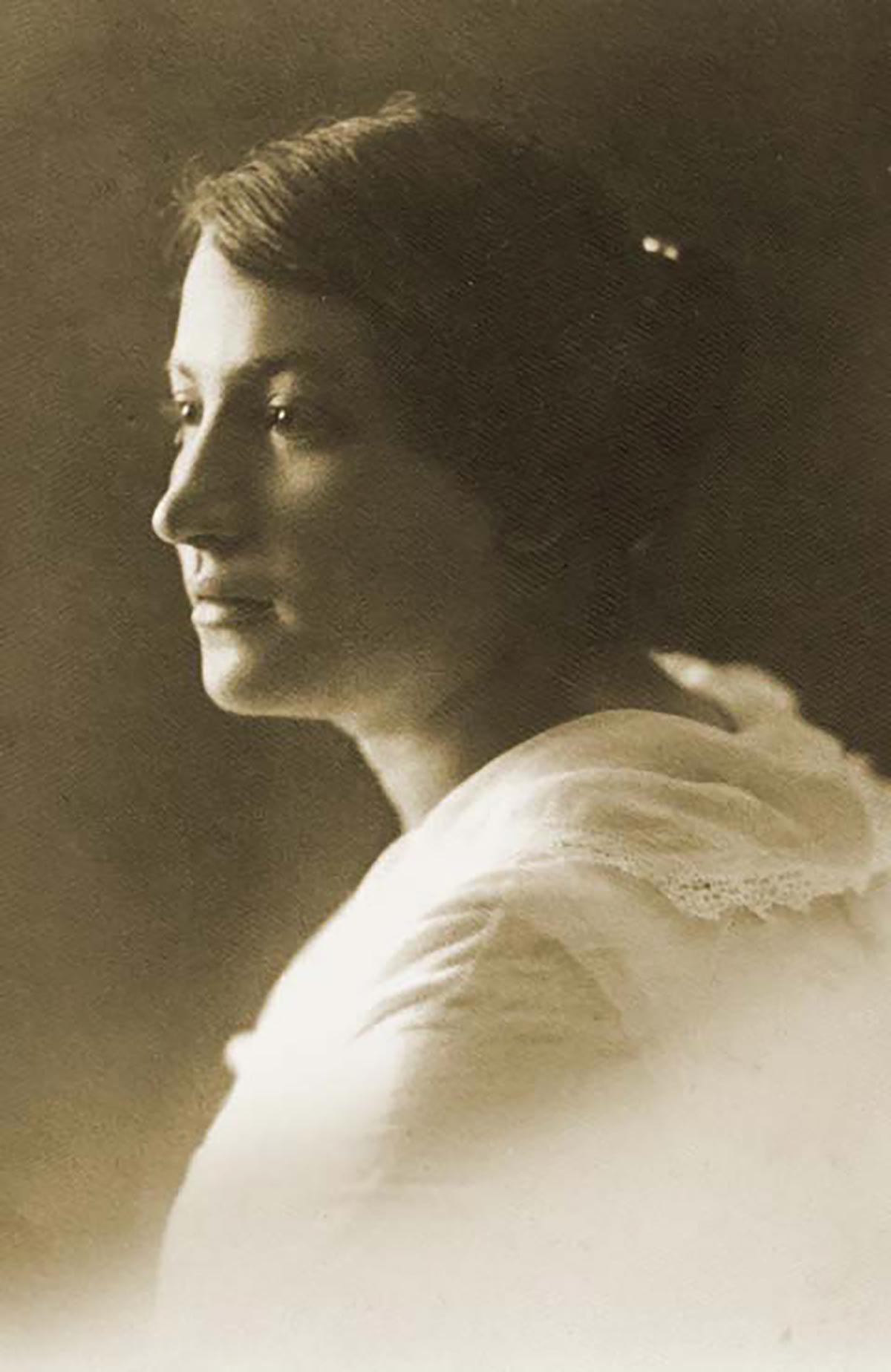
By the time she came back to Palestine, Ottoman officials had begun deporting thousands of Jewish residents and threatening to make “Palestine a second Armenia.”
Aaronsohn couldn’t let that happen and decided she didn’t need a gun to defend her people. She just needed a pigeon. Her brother Aaron hated the Ottomans as much as she did, so he formed a spy ring called Nili, collecting information on the Ottomans and passing it to the British.
The Aaronsohns weren’t Anglophiles. They were Zionists — and they knew the Brits were their best chance of ousting the Ottomans from Palestine so that they could build a Jewish homeland at last.
While her brother Aaron built contacts with Allied intelligence around the region, Aaronsohn oversaw Nili’s 40-odd spies in Palestine. She coordinated the spy ring’s activities, managed its finances, and handled the encoding and decoding of intelligence reports, which were delivered via carrier pigeon.
It was a dangerous job and Aaronsohn knew the risks. Still, she insisted on remaining in Palestine against everyone’s advice.
Then came the day when one of Nili’s carrier pigeons was caught, and the spy ring was exposed. British intelligence tipped Aaronsohn off that the Ottomans were after her.
But instead of fleeing, she remained in Palestine to make sure her fellow spies all dispersed safely. On October 1, 1917, the Turks arrested Aaronsohn, and they were determined to make her talk.
They tortured her father before her eyes, burned her body, crushed her fingers, and whipped the soles of her feet. Still, she wouldn’t give in. The only thing she told her interrogators was that she’d worked alone and that she couldn’t wait to see their downfall.
When they realized they couldn’t break her, the Ottomans decided to transfer Aaronsohn to the professionals in Damascus, who would surely make her talk.
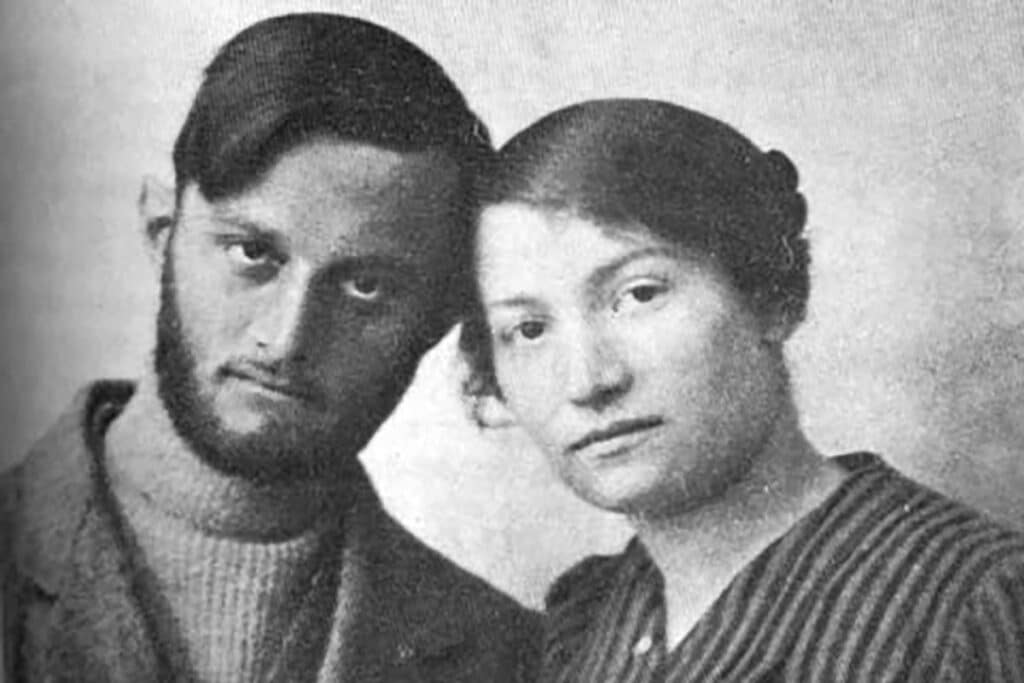
Knowing what was at stake, before she was set to leave for Damascus, she asked her captors if she could rush home to change her bloody clothes. Surprisingly, they agreed.
But Aaronsohn wasn’t just trying to clean herself up: she was getting her gun. She scribbled a hasty note to her brothers asking them to take their revenge, and then she shot herself. For days, she hovered between life and death. She died at the age of 27, secure in the knowledge that she hadn’t broken.
The story of Sarah Aaronsohn spread like wildfire among Palestine’s Jews. She was Zionism’s first female martyr, a symbol of the ultimate sacrifice, something close to a saint. People still make annual pilgrimages to her grave. She is remembered as a heroine who died too young to see her dream of an independent Israel come true.
Devorah Drechler
In 1918, British-led forces defeated the Ottomans and gained control over Palestine. Right away, the Brits and French got busy divvying up the land.
Immediately following the war, parts of northern Palestine went to the French, something neither the Jews nor the Arabs of the region were particularly happy about.
The Jews tried to lay low and remain neutral, but many of them were immigrants from Europe, and local Arabs suspected them of collaborating with France. Tensions rose, and local Jewish settlements turned to a Jewish militia called Hashomer for support.
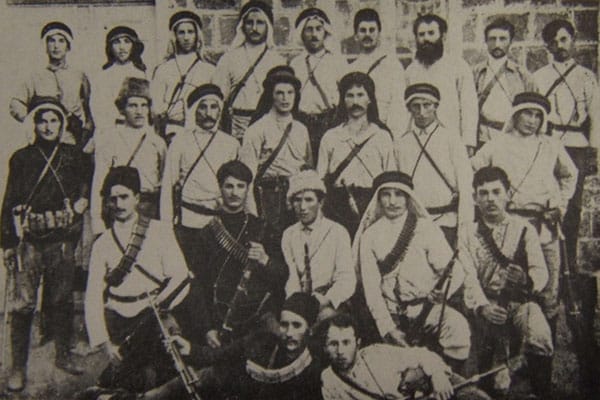
Among the Hashomer members was a young Ukrainian immigrant named Devorah Drechler. From the moment she arrived in Palestine at age 17, Devorah worked to make the Zionist dream a reality.
Under the Ottomans, she would bring food and information to Hashomer members confined to the Turkish prison in Nazareth. But she wanted to do more than just support Hashomer — she wanted to fight.
In 1918, she led a “women’s revolt,” threatening that the women of Hashomer would cease working altogether unless the men included them in security duties and agricultural work.
Life on the moshav was hard — and they really did need all hands on deck — so the men reluctantly agreed.
When Drechler rode in to defend the settlement of Tel Hai, she and another female fighter, Sarah Chizik, were assigned to defend the top floor of the village’s main building.
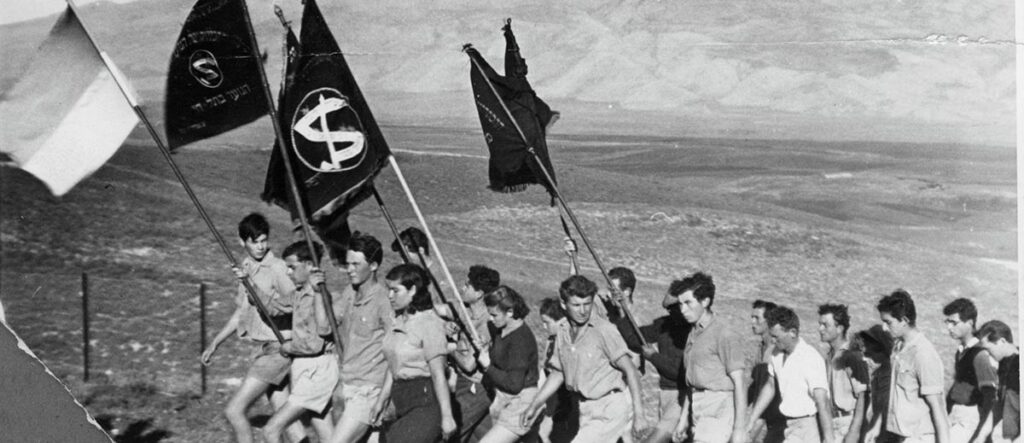
Drechler was at her post when a group of more than 100 Arab villagers and militiamen demanded to search the courtyard for French soldiers.
The battle details are murky to this day. Some say that the battle started when the Arabs tried to wrestle away Drechler’s gun, shooting her when she resisted.
The tension burst into open fighting, and at the end of the battle, eight Jewish defenders, including Drechler, were dead.
Jewish communities throughout Palestine and Europe awarded Drechler and Chizik special recognition, circulating postcards with their images and even building a statue entitled, “The Galilee and its Female Guardians.”
Miriam Shachor
The British solidified their control over Palestine in 1920, in a Mandate sanctioned by the newly-created League of Nations.
Over the next three decades, three organized Jewish paramilitaries worked to protect the Jewish community and fight for an independent Jewish homeland.
The biggest of the three — and the only one recognized by the official Jewish community in Palestine, or the Yishuv — was the Haganah. Its elite combat brigade, the Palmach, was the cream of the crop.
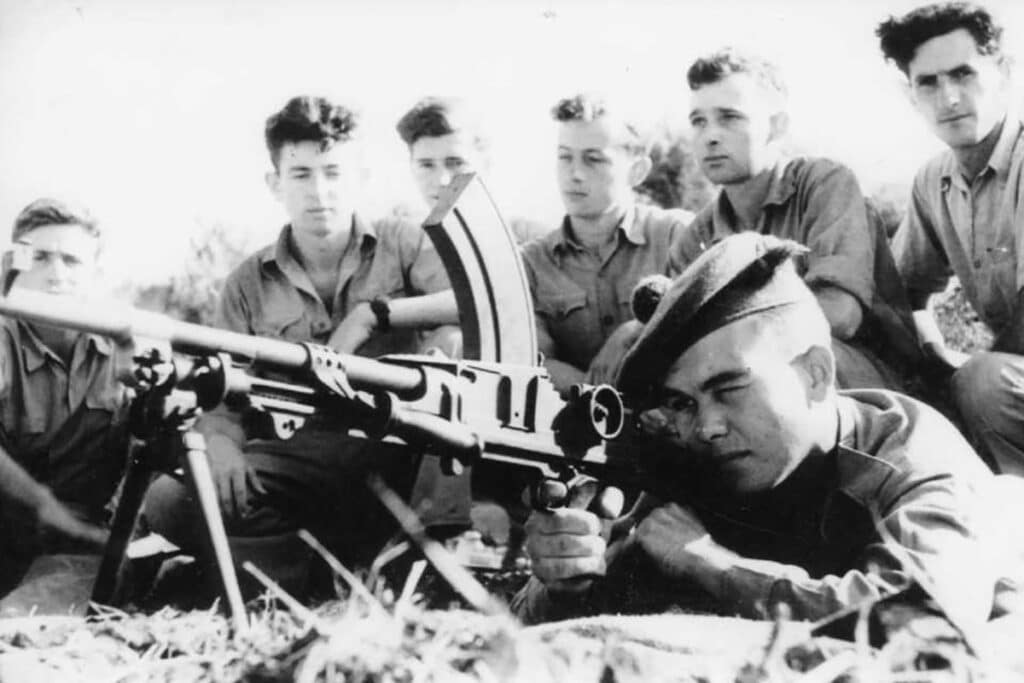
Today, the Palmach Museum hails its brave male and female heroes. But like the women of Hashomer, the women of the Palmach had to work to be included.
Women joined the Haganah in 1925, five years after its establishment. They served in support roles, including first aid and transporting weapons.
At the end of World War II, the women who had volunteered to serve in the British army returned home, eager to fight for a Jewish state.
Among them was a young recruit named Miriam Shachor, who was born in Jerusalem to passionately Zionist parents.
A dedicated fighter, she was accepted into the elite ranks of the Palmach, and soon found herself guarding a water pipeline in the Negev desert in a unit of nine soldiers.
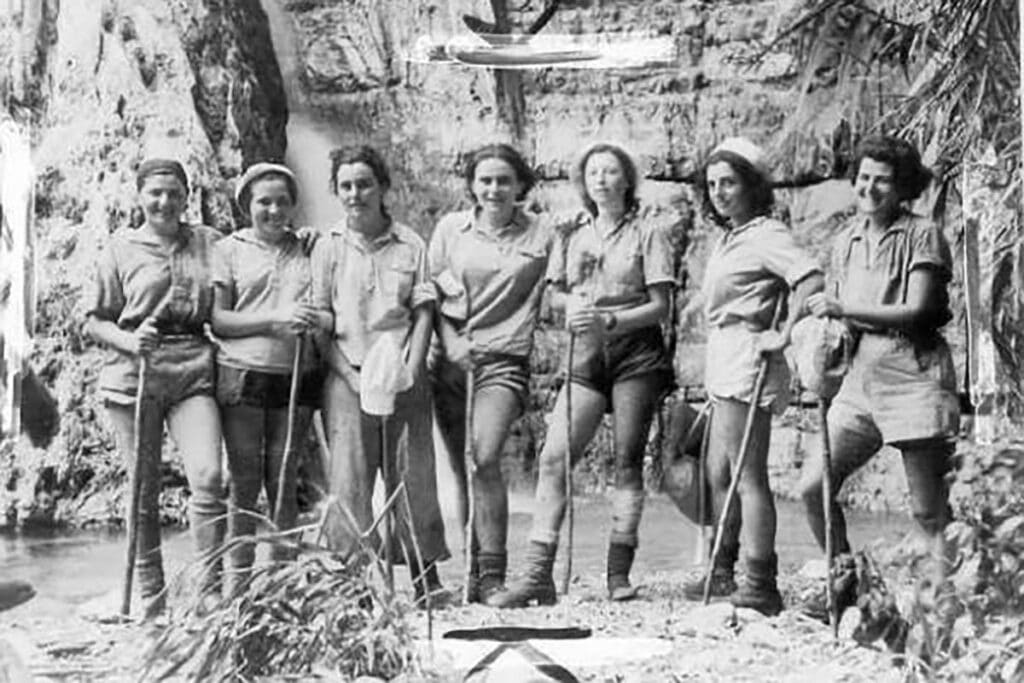
On the night of December 9, 1947, a Bedouin gang ambushed Shachor’s unit. Desperate to buy time and allow her comrades to escape, she threw her two grenades and ran, but the Bedouins shot her and two other soldiers. She didn’t die immediately and she tried to drag herself away from her attackers while bleeding profusely.
According to the officer who found them, Shachor and her comrades’ bodies were bullet-ridden, with apparent signs of abuse.
They were so severely mutilated that they became impossible to identify or separate, and had to be buried in a mass grave. One officer claimed that “even the devil could not create such a horror.”
Shachor’s gruesome murder changed everything for the women fighting for Israel. Following her death, Palmach headquarters ordered the immediate removal of women from combat positions.
Miriam Shachor became a cautionary tale, a frustrating barrier for the women who came after her who wanted to fight like she did.
Alice Miller
After Shachor’s death, women were largely prohibited from serving in combat roles until the 1990s, when Alice Miller took the military to the Supreme Court — and won.
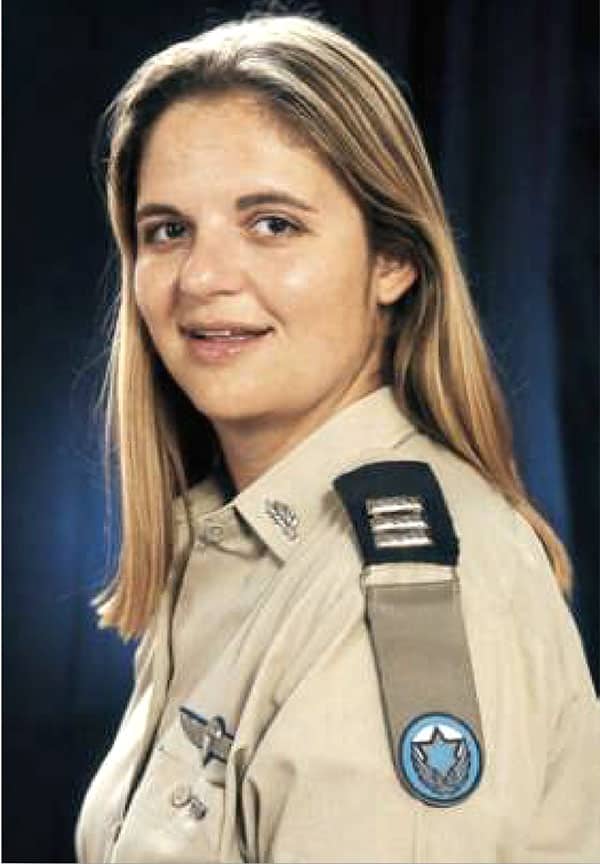
Miller had always been passionate about aviation. After high school, she pursued a civilian pilot license and a degree in aerospace engineering. But her real dream was to be an astronaut, and to do that, she needed to join the Israel Air Force.
There was only one problem: the Israeli military’s pilot program was closed to women. No one wanted to think of what could happen to a female pilot shot down over enemy territory.
But 23-year-old Miller was undaunted. She argued that all combat soldiers know and accept the risks. She took that argument to Israel’s Supreme Court in 1995, where she petitioned for her right to apply to be a combat pilot. In a historic vote, the Supreme Court lifted the ban on female combat pilot recruits.
While Miller herself never actually did take on the pilot role because of medical issues, her resolve opened the door for thousands of women after her. She moved the conversation forward, not just about female combat pilots, but about women in combat positions as a whole.
Yifat Tomer-Yerushalmi
The Military Advocate General’s (MAG) Corps dates back to the times of the Haganah. They are responsible for ensuring that all of the IDF’s commanders and soldiers abide by the rule of law. If soldiers commit an offense, the MAG Corps is the body that prosecutes them.
As military advocate general, Major General Yifat Tomer-Yerushalmi sits above the three branches of the IDF and serves as the highest legal authority in the Israeli military.
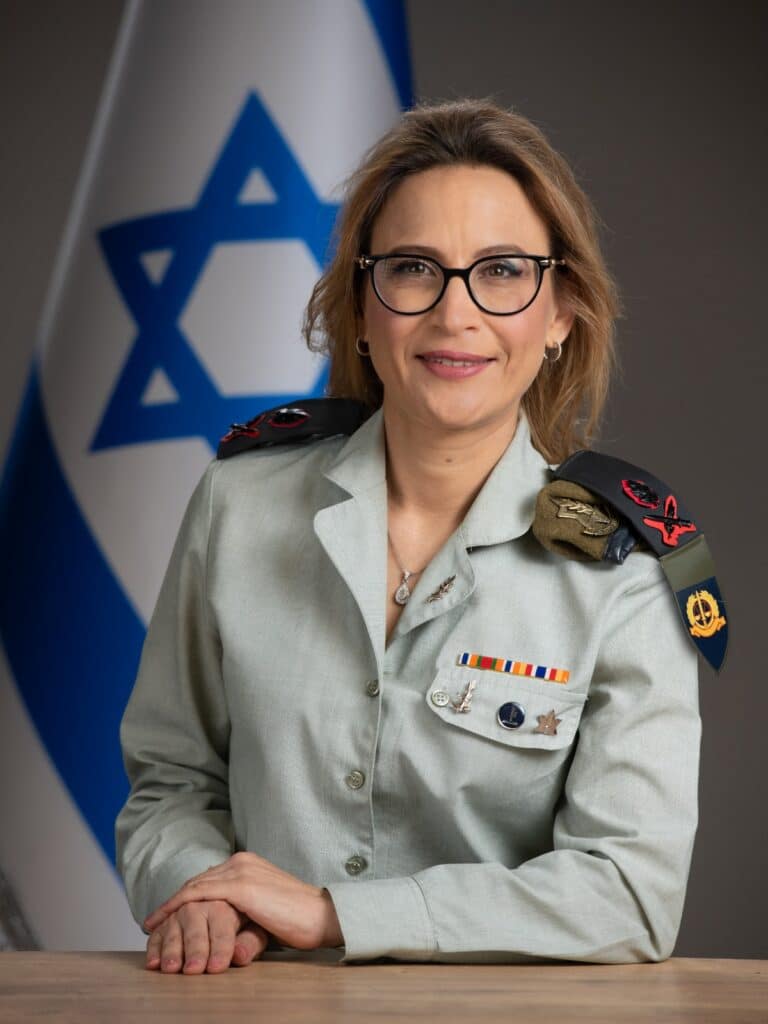
Her decisions bind every unit in the IDF — a position that her female predecessors could hardly have imagined. Her credentials are impressive: she boasts a dual master’s degree in law and over 25 years of legal experience in the MAG Corps.
But make no mistake — Tomer-Yerushalmi’s job is not about glory and power. As military advocate general, she supervises all disciplinary proceedings in the IDF.
She also works on cases of international law, like assessing the IDF’s role in the death of Al Jazeera journalist Shireen Abu Akleh in May 2022. She has seen and dealt with terrorists, suicide bombings, murder cases and administrative detention cases.
As the gender affairs advisor to the chief of staff, she oversaw sexual harassment and gender discrimination cases and provided support to religious female soldiers. Like the women who came before her, Tomer-Yerushalmi is a trailblazer, shaping the IDF’s character.
Conclusion
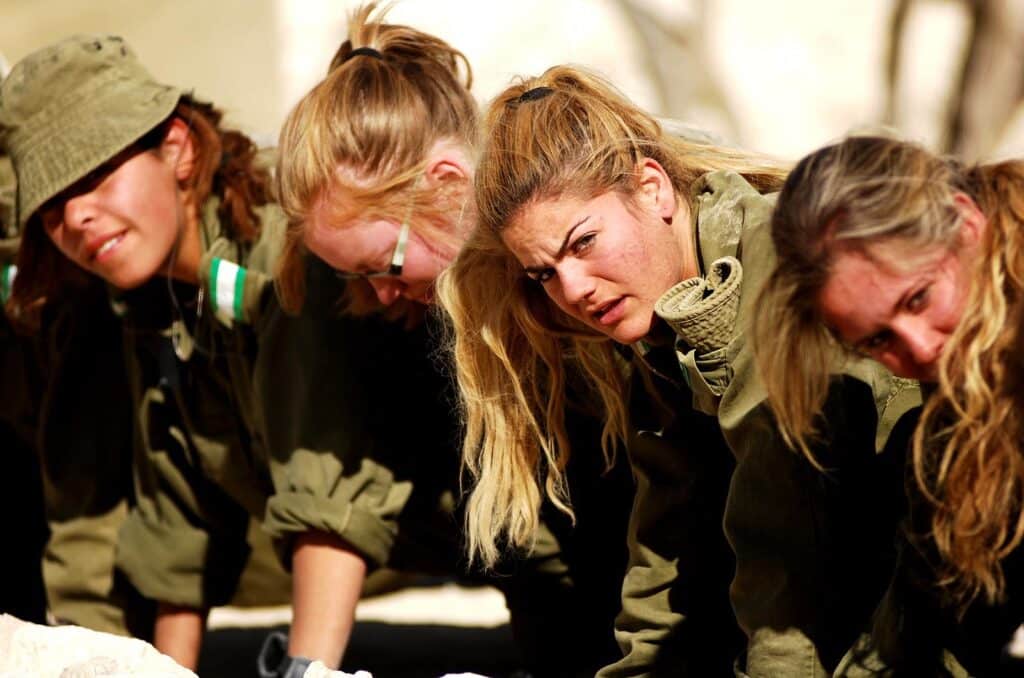
Israeli women in the military have trudged through a long and winding path — one largely determined by men in power. These five women and countless others never gave up, and thanks to their efforts, Israel’s position toward women in combat has continued to evolve.
Each of these women laid the groundwork for the next. It’s important to tell their stories, to remember them not just as larger-than-life myths but as real human beings, who paved the way for future women, sometimes with their own blood.
